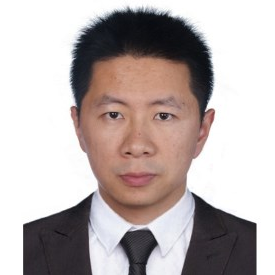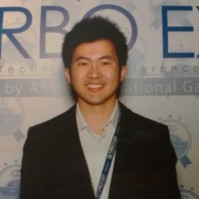Analytical Simulation of Structural Dynamics and Vibration
A special issue of Mathematics (ISSN 2227-7390). This special issue belongs to the section "Engineering Mathematics".
Deadline for manuscript submissions: 15 August 2024 | Viewed by 1694
Special Issue Editors
Interests: structural dynamics; vibration analysis; structural vibration; mechanical metamaterials; wave propagation
Interests: numerical modeling; nonlinear rotordynamics; joint structure dynamics
Interests: mechanical engineering; structural dynamics; nonlinear vibrations; contact and friction; friction damping; friction-induced vibrations; stability analysis; uncertainty quantification; optimization
Special Issues, Collections and Topics in MDPI journals
Special Issue Information
Dear Colleagues,
Structural dynamics and vibration-related problems are among the critical and most researched issues in aerospace, civil and mechanical engineering. Analytical modeling method based on theories, such as but not limited to the Lagrangian approach or Hamilton's principle, is widely used to understand the principal phenomenon and characteristics of dynamic systems, with high calculating efficiency and clear physical meaning. This Special Issue aims to foster the discussion on the latest development and application of analytical modeling of dynamic systems. The research target could be different mechanical, civil or other structures. Besides, high-performance mechanical metamaterials with special inner microstructures have been developed for vibration reduction. The wave propagation and dynamic behavior of these metamaterials are also a focus of this Special Issue
Dr. Qicheng Zhang
Dr. Pingchao Yu
Dr. Jie Yuan
Guest Editors
Manuscript Submission Information
Manuscripts should be submitted online at www.mdpi.com by registering and logging in to this website. Once you are registered, click here to go to the submission form. Manuscripts can be submitted until the deadline. All submissions that pass pre-check are peer-reviewed. Accepted papers will be published continuously in the journal (as soon as accepted) and will be listed together on the special issue website. Research articles, review articles as well as short communications are invited. For planned papers, a title and short abstract (about 100 words) can be sent to the Editorial Office for announcement on this website.
Submitted manuscripts should not have been published previously, nor be under consideration for publication elsewhere (except conference proceedings papers). All manuscripts are thoroughly refereed through a single-blind peer-review process. A guide for authors and other relevant information for submission of manuscripts is available on the Instructions for Authors page. Mathematics is an international peer-reviewed open access semimonthly journal published by MDPI.
Please visit the Instructions for Authors page before submitting a manuscript. The Article Processing Charge (APC) for publication in this open access journal is 2600 CHF (Swiss Francs). Submitted papers should be well formatted and use good English. Authors may use MDPI's English editing service prior to publication or during author revisions.
Keywords
- structural dynamics
- vibration analysis
- nonlinear dynamics
- wave propagation
- noise reduction
- active and passive vibration control
- mechanical metamaterials
- Hamilton's principle







